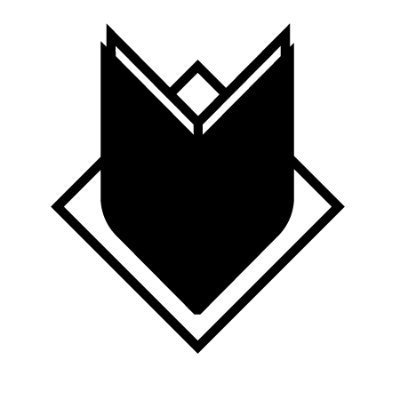Thirsty Thursdays: A Look at Today’s Hottest Superhero Art
By Allison Senecal — Superhero comic art has evolved at a really impressive rate in recent years...so much so that sometimes it can be a lot to handle. First there’s excitement, obviously, but then that excitement turns into something else...which is why today we’re introducing a new feature, a different way to look at our favorite comic art. Welcome to Thirsty Thursdays, a sporadic examination of (as the kids say) the month’s thirstiest comics.
Enjoy!
The Thirstiest Comics of September 2018
Captain America #3 – A Steve and T’challa team-up? *Eyebrow waggle* What do you mean “not like that”? Thanks a lot, Marvel. Still a 💦💦💦💦 out of 5 especially with Yu’s excellent Sad Steve.
*Eyebrow waggle* (art by Leinil Francis Yu from Captain America #3).
Catwoman #3 – The saying is madder than a wet cat, but this month nothing is hotter than a wet cat, and any given month nothing is sexier than Joëlle Jones’s Catwoman. A perfect 💦💦💦💦💦 out of 5.
Me-owwww (art by Joelle Jones from Catwoman #3).
Sleepless #7 – SLEEPLESS IS BACK AND SO ARE ALL THE BEAUTIFUL PEOPLE. Easy decision. 💦💦💦💦💦 out of 5.
The beautiful people (art by Leila Del Duca from Sleepless #7).
Wonder Woman #54 & #55 – Atalanta has freckles. Diana, Artemis, and all the Amazons of Bana-Mighdall are drawn thick, muscled, and GORGEOUS. The art was juicy in September and this is a peak example. Everyone looks alive and beautiful, and also like they could kick my ass. 💦💦💦💦💦 out of 5.
Did someone say manipulate the innocent?! (art by Patricia Martin and Raul Allen from Wonder Woman #54 & #55).
Thor #5 – Christian Ward drawing the Goddesses of Thunder. Christian. Ward. Drawing. The. Goddesses. Of. Thunder. If you don’t know what that means GO BUY AARON’S WHOLE RUN. NOW. 💦💦💦💦💦 out of 5.
Feel the thunder and lightning (art by Christian Ward from Thor #5).
West Coast Avengers #2 – Another juicy one. Bless Caselli and Farrell for making the whole team magnetic. Only content we’re getting for either America or Clint so go write letters to these creators and tell them you love it. 💦💦💦💦 out of 5.
Ouch, indeed (art by Stefano Caselli in West Coast Avengers #2).
Justice League Odyssey #1 -- Sejic doing Jessica Cruz and Starfire equals the most breathtaking comic book experience this month. And if you don’t ship them, don’t speak to me. 💦💦💦💦💦 out of 5.
The panels that launched a thousand ships (art by Stjepan Stejic from Justice League Odyssey #1).
Extermination #3 – Extermination has ended up being my sleeper thirst comic every month. Both Jeans. Both Warrens. Classic X-Force. Brisson remembered Cannonball’s Kentucky accent. We’re truly blessed. Larraz and Gracia make everything pop. Hot and dynamic. eXXXtermination. Don’t @ me. 💦💦💦💦💦 out of 5.
Blast off (art by Pepe Larraz from Extermination #3).
Oh and I guess there was Bat-Penis or something this month. Call me when we’re back to full frontal Constantine.
Prep yourselves for October, when I become a walking, talking “Un-Follow Me Now” meme over Shatterstar.
Allison buys books professionally and comics unprofessionally. You can find her chaotic neutral Twitter feed at @maliciousglee.







